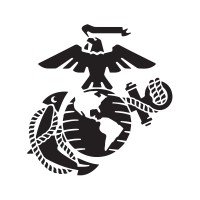
United States Department of War
The mission of the Department of War is to provide military forces necessary to protect the security of our country. The U.S. military defends the homeland, deters adversaries, and builds security around the world by projecting U.S. influence and working with allies and partners. In case deterrence fails, the U.S. military is prepared to fight and win decisively against any adversary. Headed by Secretary of War Pete Hegseth, the Department is not only in charge of the military, it also employs a topnotch civilian workforce. With more than 1.3 million men and women on active duty, and 742,000 civilian personnel, we are also the nation's largest employer. The Pentagon, headquarters of the Department of War, is one of the largest office buildings in the world. Built in 1941 by the U.S. Army, the Pentagon has 17.5 miles of corridors yet it takes only seven minutes to walk between any two points in the building. Department of War personnel are the backbone of America’s national security. They represent the diverse makeup of our nation and support not only those on active duty but also families, veterans, and retirees through education, training, and benefit programs. Anything you want to do – on land, sea, air, or space -- you can do in service to your nation by joining the Department of War. Search for Jobs and Internships at USAJobs.gov. http://dodcio.defense.gov/SocialMedia/UserAgreement.aspx






